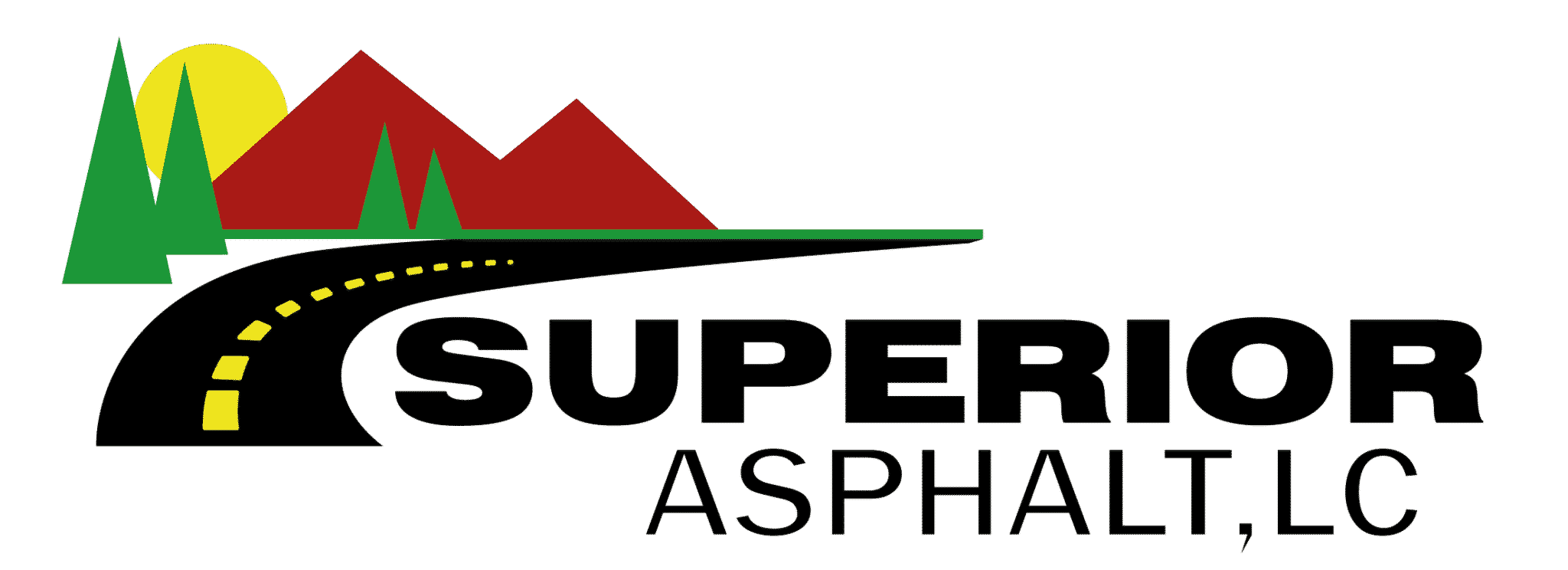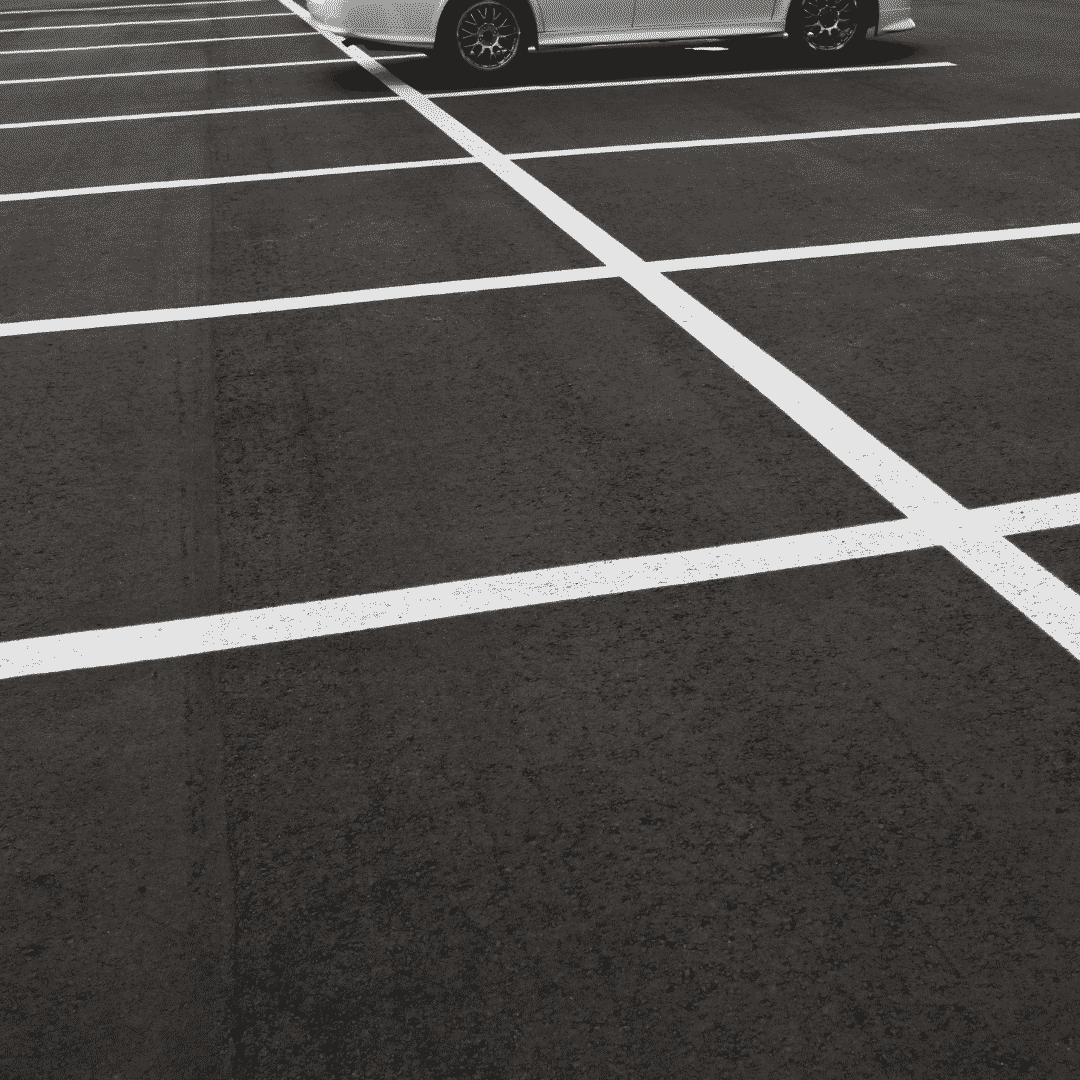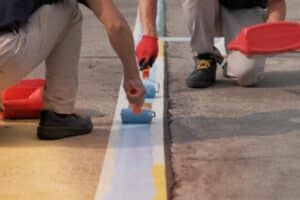If you’re a property manager, chances are you already have a lot on your plate. But when it comes to your parking lot, you should know a few things about restriping to ensure that it’s done correctly. Here are eight things property managers should know about parking lot restriping:
1. Line striping is required regularly.
Parking lot restriping is like getting a haircut – it’s something that’s required regularly to keep things looking sharp. But, like your hair, parking lot lines can fade over time due to weathering and wear and tear. That’s why it’s important to have your parking lot restriped every 18 to 24 months (about 2 years).
However, depending on the traffic flow in your parking lot, you may need to restripe more frequently. For example, if you have a lot of heavy traffic, you may need to restripe every 12 months.
Additionally, the weather can also play a role in how often you need to restripe your parking lot. For example, if you live in an area with harsh winters, you may need to restripe more frequently to make up for the wear and tear that snow and ice can cause.
2. It’s required after asphalt sealcoating (about every three years).
If you have your parking lot seal coated, you’ll also need to have it restriped. Sealcoating is a process that involves applying a protective layer of sealant to your parking lot to guard it against weathering and wear and tear.
After your parking lot has been seal coated, the old parking lot lines will no longer be visible. That’s why it’s important to have your parking lot restriped after it’s been sealcoating.
Ideally, you should wait 24 hours after your parking lot has been seal coated before having it restriped. This will give the sealcoat time to cure and make it easier for the new parking lot lines to adhere.
3. Things you can do to prepare.
You can do a few things to prepare for parking lot restriping. First, you’ll need to clear the area of all vehicles. This will give the parking lot striper a clear canvas to work with.
Next, you’ll need to turn off any sprinklers in the parking lot. Otherwise, the parking lot striper will have to work around them, which can be difficult.
In addition, you should inform your staff, tenants, and customers of the parking lot restriping in advance. This way, they’ll know how to avoid the parking lot while it’s being worked on.
Lastly, you should remove any obstacles from the parking lot, such as trash cans, signs, and cones. These objects can get in the way of the parking lot striper and make it difficult to do a good job.
4. The pavement needs to be clean and dry.
Before your parking lot can be restriped, the pavement needs to be clean and dry. Otherwise, the new parking lot lines won’t adhere properly.
You can use a power washer or a hose to clean the pavement. Just make sure that you remove all the dirt, debris, and oil from the surface. If the pavement is too dirty for a power washer or hose, you can use a degreaser. But, again, be sure to read the instructions carefully.
Once the pavement is clean, you’ll need to allow it to dry completely before the parking lot striper arrives. If it’s too wet, the parking lot striper won’t be able to do a good job.
If you’re short on time, you can use a leaf blower to speed up the drying process. Just be sure that the leaf blower is set to the “blow” setting, not the “vacuum” setting.
5. ADA compliance is vital for parking lot safety.
Parking lots must comply with the Americans with Disabilities Act (ADA). ADA compliance for restriping parking lots includes parking space dimensions, accessible parking signs, and wheelchair ramps.
If your parking lot doesn’t meet ADA regulations, you could be fined. In addition, your tenants or customers with disabilities may have difficulty using your parking lot.
Parking Signage
Being ADA compliant includes having the proper parking lot signage and specifications for accessible parking spaces.
There are a few things to keep in mind regarding ADA parking lot signage. First, the signs need to be reflective to be visible at night. Second, the signs need to be a certain size. Additionally, there should be a 60-inch-wide space next to every accessible parking spot specifically for people in wheelchairs. This space should be on flat ground and have a sign that says, “accessible parking.”
The parking lot striper will be able to install the proper signage for you. Just be sure to let them know that you need ADA-compliant signage.
ADA Parking Location Requirements
There are also specific requirements for where accessible parking spaces can be located.
First, accessible parking spaces should be as close to the entrance of the building as possible. If a building has multiple accessible entrances with adjacent parking, the accessible parking spaces must be dispersed and located closest to the accessible entrance.
Wheelchair Ramps
In addition to parking spaces and signage, wheelchair ramps are another important part of ADA compliance.
Wheelchair ramps must be at least 36 inches wide and have a slope no greater than 1:12. They should also have handrails on both sides and be made of non-slip material.
Failure to comply with the ADA can result in hefty fines.
Read more: ADA Guidelines for Parking Lots: Everything You Need to Know
6. Fire code compliance is crucial.
Another thing to keep in mind is fire code compliance.
Fire code compliance for parking lots includes fire lanes, parking space dimensions, aisle widths, and parking lot exit signs.
Your parking lot must have enough parking spaces to accommodate the number of people working in or visiting your building. Additionally, the aisles between parking spaces must be wide enough for fire trucks and other emergency vehicles to get through.
Exit signs should be placed at all exits from the parking lot. The exit signs should be illuminated and visible from both directions.
7. You can change the flow/layout of your parking lot.
If you’re not happy with the way your parking lot is laid out, you can change it to give the curb appeal you’re looking for.
If the way your previous parking lot structure doesn’t work for you, the parking lot striper can help you redesign it. Just let them know what you’re looking for, and they’ll be able to make suggestions.
8. Parking lot stripe paint dries quickly under good conditions.
Under ideal conditions and depending on the parking lot size, parking lots can be reopened the same day. If you have a small parking lot, it might be dry enough to use within an hour or two. Larger parking lots might take longer to dry.
Paint dries quickly under ideal conditions such as warm temperatures and low humidity. On the other hand, cold or humid weather might take longer for the paint to cure. However, paint is generally drivable in an hour and cured in four.
It’s important to avoid parking on the fresh paint until it’s had time to cure. Otherwise, you risk damaging the paint and having to repark. Additionally, reopening a parking lot too soon can also result in liability issues if someone has an accident.
It’s best to err on the side of caution and wait until the parking lot is completely dry before using it!
Asphalt Parking Lot Restriping for Your Commerical Parking Lot!
Parking lot striping is an important part of property management, and property managers must understand the ins and outs of this process.
By understanding the different types of striping and how to stripe a parking lot properly, and parking lot maintenance, you can ensure that your parking lot is safe and easy to use for tenants and guests.
If you need help with parking lot restriping, our team at Superior Asphalt LC can assist you. We have years of experience in asphalt repair and asphalt parking lot restriping services. We are happy to help you get your parking lot looking its best. Contact us today to learn more!




